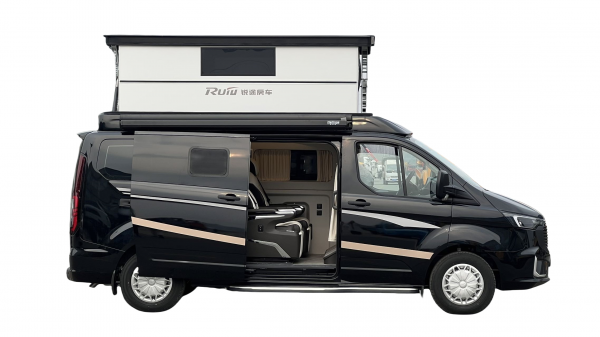Introduction
Truck mounted cranes are versatile machines designed to lift and transport heavy loads in various industries such as construction, manufacturing, and logistics. These powerful tools combine the mobility of a truck with the lifting capabilities of a crane, making them indispensable for a wide range of applications. In this comprehensive guide, we will delve into the world of truck mounted crane operation, covering everything from the different types of truck mounted cranes to safety considerations and best practices for efficient operation.
Boom truck cost of ownership of Truck Mounted Cranes
Truck mounted cranes come in various configurations and sizes to suit different lifting requirements. The most common types of truck mounted cranes include:
1. Telescopic Boom Cranes: Telescopic boom cranes feature a hydraulic mechanism that allows the boom to extend and retract to reach different heights. These cranes are popular for their versatility and ability to reach over obstacles.
2. Knuckle Boom Cranes: Knuckle boom cranes, also known as articulating cranes, have a folding arm with multiple joints that provide greater flexibility in reaching difficult areas. These cranes are well-suited for tasks that require precise positioning.
3. Lattice Boom Cranes: Lattice boom cranes are heavy-duty cranes with a lattice structure boom that offers exceptional strength and stability for lifting extremely heavy loads. These cranes are commonly used in construction and infrastructure projects.
4. Stiff Boom Cranes: Stiff boom cranes have a fixed boom that extends vertically, providing straightforward and efficient lifting capabilities. These cranes are ideal for lifting heavy loads in a vertical direction.
Safety Considerations
Operating a truck mounted crane requires a high level of skill and attention to safety to prevent accidents and injuries. Here are some essential safety considerations for truck mounted crane operation:
1. Training and Certification: Operators of truck mounted cranes should undergo comprehensive training and obtain the necessary certifications to ensure they have the knowledge and skills required for safe operation.
2. Pre-Operation Inspection: Before using a truck mounted crane, operators should conduct a thorough inspection of the equipment to check for any signs of damage or wear that could affect its safe operation.

3. Load Capacity: It is essential to know the load capacity of the crane and ensure that the load being lifted does not exceed this limit to prevent overloading, which can lead to accidents.
4. Proper Rigging: Using the correct rigging equipment and techniques is crucial for safe lifting operations. Operators should ensure that the load is properly secured and balanced to prevent it from shifting during lifting.
5. Site Inspection: Before operating a truck mounted crane, operators should assess the work site for any hazards such as overhead power lines, soft ground, or obstacles that could pose a risk during operation.
6. Communication: Clear communication between the crane operator and ground personnel is essential to ensure safe and efficient lifting operations. Establishing hand signals or using two-way radios can help facilitate communication on the work site.
Best Practices for Efficient Operation
In addition to safety considerations, there are several best practices that operators should follow to ensure the efficient operation of a truck mounted crane:
1. Plan Ahead: Before starting any lifting operation, it is crucial to plan the lift carefully, considering factors such as the weight of the load, the distance to be lifted, and the location of the crane.
2. Positioning: Properly positioning the crane is essential for safe and efficient operation. Operators should ensure that the crane is on stable ground and that the outriggers are fully extended to provide maximum stability.
3. Smooth Movements: When operating the crane, operators should use smooth and controlled movements to prevent jerking or swinging of the load, which can destabilize the crane and pose a safety risk.
4. Monitor Weather Conditions: Weather conditions can impact the safe operation of a truck mounted crane. Operators should be aware of factors such as wind speed, rain, or extreme temperatures that could affect the stability of the crane.
5. Regular Maintenance: Performing regular maintenance checks and inspections on the crane is essential to ensure that it is in optimal working condition. Any signs of wear or damage should be addressed promptly to prevent accidents.
Conclusion
Truck mounted cranes are powerful machines that play a crucial role in various industries that require heavy lifting capabilities. By understanding the different types of truck mounted cranes, adhering to safety considerations, and following best practices for efficient operation, operators can ensure safe and successful lifting operations. With proper training, attention to detail, and a commitment to safety, truck mounted cranes can be invaluable tools for completing tasks that require precision and strength.
